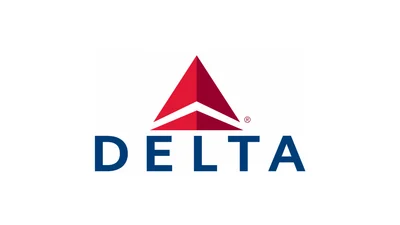Several operational needs influenced Boeing’s decision-making process. One was gate compatibility: the new design keeps the aircraft within International Civil Aviation Organization (ICAO) Code C limits for wingspan, allowing it to use existing airport infrastructure without modification. Unlike raked wingtips used on other Boeing models like the 787 or 777, which would have increased span beyond allowable limits, the split-tip solution offers similar aerodynamic advantages while preserving compatibility.
Competitive pressure also played a significant role. At launch, Airbus was already offering its A320neo with "sharklet" devices promising substantial fuel-burn reductions. To match this, Boeing paired its AT winglet with new LEAP-1B engines for an overall efficiency improvement target of about 14% over older generations.
"Aerodynamic Efficiency: The primary function of any winglet is to reduce induced drag, the penalty created by high-pressure air spilling around the wingtip into the low-pressure zone above it. The MAX’s AT (Advanced Technology) winglets employ Natural Laminar Flow (NLF) surfaces and coatings to maintain smooth airflow, which minimizes skin-friction drag by keeping airflow smooth and attached. The split up/down configuration manages wingtip vortices more efficiently than a single large blade, without the structural penalties of adding span."
Operational economics were another driver; since jet fuel can represent between 20–30% of airline operating costs, even minor improvements can translate into significant annual savings for carriers operating large fleets.
While effective on longer routes where cruise benefits accumulate, these advanced winglets add complexity and weight compared with previous designs—a trade-off less attractive for airlines operating shorter flights or lower-utilization schedules.
"For example, Southwest Airlines, Ryanair and Alaska Airlines have all emphasized MAX fuel economics in public materials and order announcements."
The AT winglet cannot be retrofitted onto older NG aircraft due to differences in structure; thus only operators using new MAX jets benefit directly from this technology.
Overall, Boeing’s adoption of this specific winglet design represents a compromise among aerodynamic gain, cost control, certification constraints, airport operations requirements, and competitive positioning against rival manufacturers.
 Alerts Sign-up
Alerts Sign-up




































